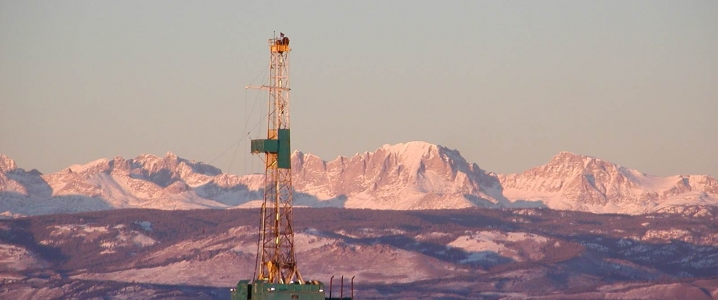The Trump Administration trade policy is nowhere so clear as in the energy area. For years it was thought that the younger Bush Administration was one of the most energy industry friendly in history. But the Trump Administration has gone far beyond that.
Hiring Ray Tillerson, the former CEO of ExxonMobil, as U.S. Secretary of State, sent a strong signal to the entire industry, even though his tenure proved to be temporary.
Prior to that, the Administration withdrew from the Paris Climate Agreement, a long-held priority of Exxon and the entire oil industry. Following hard upon that, the Environmental Protection Agency (EPA) has reduced or eliminated regulations limiting carbon and other pollutants.
Exxon has for more than a decade underwritten the now discredited, right wing attack on climate change as a hoax. Although the energy industry has now publicly acknowledged climate change as a global threat, in practice the subject is still largely ignored.
Going further, the Trump Administration has removed and reduced regulations that hampered the industry expansion, including allowing drilling on both ocean coast, while easing safety regulations that were brought into effect after BP’s Gulf of Mexico disastrous spill, the worst in U.S. history.
Government protected nature preserves are being opened to exploration and drilling for the first time in generations. Added to that was the dropping of regulations that for many years prohibited export of U.S. crude. Since then, the U.S. has become a major player in the global energy industry.
The Administration currently plans to rescind and lower fuel efficiency standards for autos and trucks. That is likely to encourage increased purchase of larger SUVs, increased oil consumption, and rising gasoline prices.
…click on the above link to read the rest of the article…





















